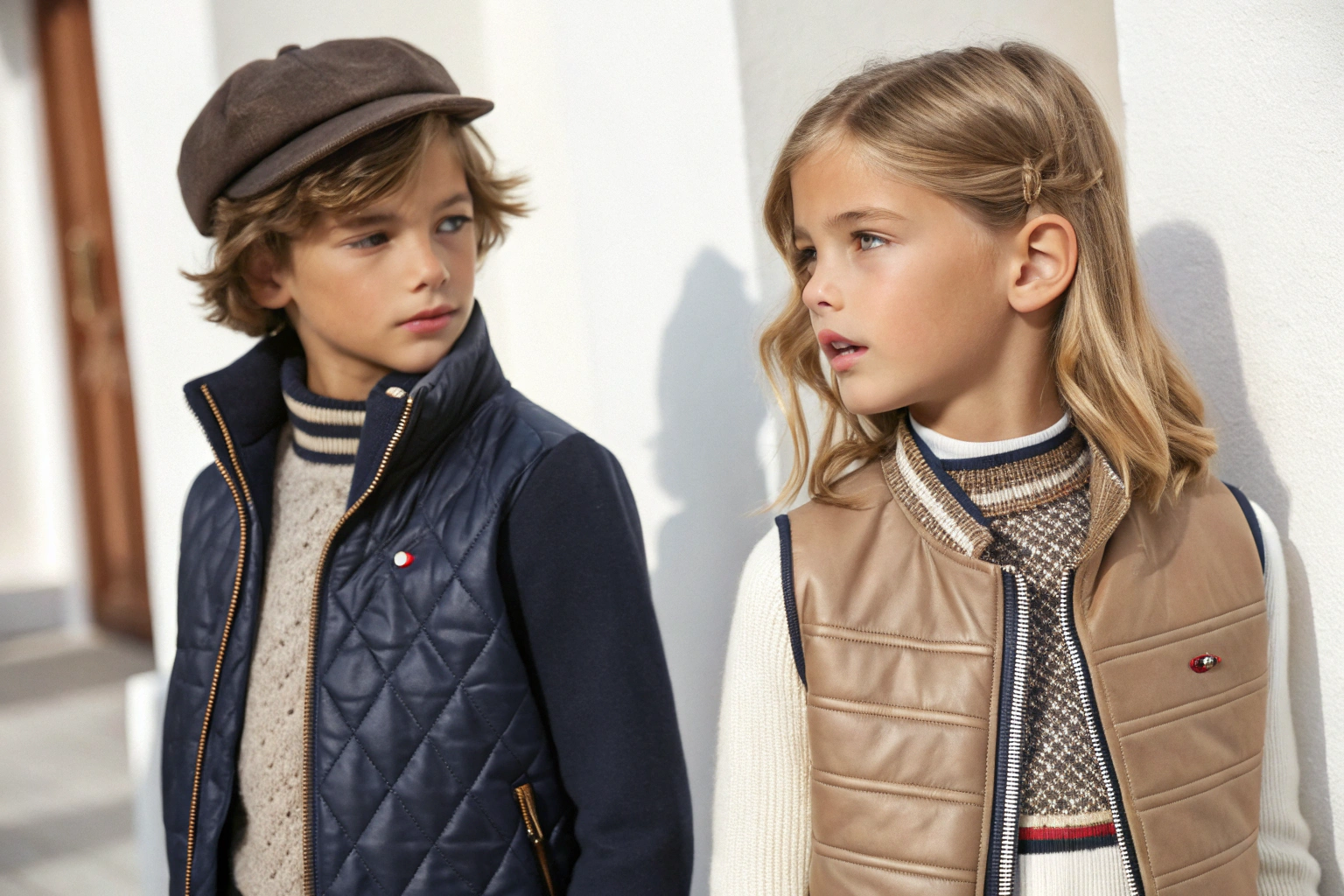As the global market for kidswear continues to grow, 2025 marks a pivotal year for innovation in children’s fashion. From sustainability to miniaturized luxury looks, parents and brands alike are rethinking how to dress the next generation. Whether you're a U.S. brand owner sourcing from Asia or a boutique buyer scouting trends, understanding what’s next matters more than ever.
In 2025, kids’ fashion will blend playful function with designer aesthetics, emphasizing comfort, custom-fit silhouettes, and eco-conscious materials. Emerging brands are raising the bar with storytelling, rare fabrics, and smart partnerships.
If you’ve been frustrated by missed trend cycles or unclear style forecasts in past seasons, you’re not alone. That’s why this article breaks down the most valuable trends, brands, and sourcing tips tailored for the wholesale buyer.
What Are the Top Kidswear Trends to Watch in 2025?
The children's fashion market is moving fast, and trend cycles have become shorter. Buyers who can anticipate what’s next will win market share and consumer loyalty. In 2025, the strongest trends are a mix of lifestyle, comfort, and brand values.
2025’s dominant trends include gender-neutral cuts, tactile fabrics like waffle-knit, and coordinated family sets. Consumers are prioritizing breathable, sustainable materials and colors that shift by region—soft tones in Europe, vivid palettes in the U.S.
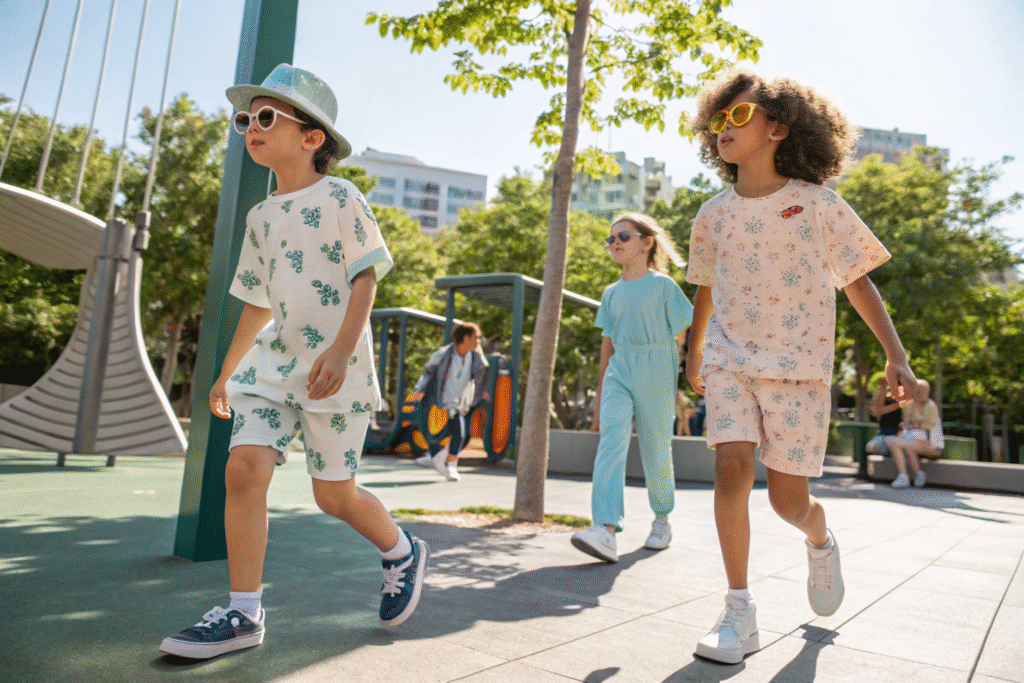
Why Are Gender-Neutral Styles Gaining Momentum?
Genderless fashion isn't just a fad. It’s reshaping the way we design kids' garments. Gender-neutral pieces—like drop-shoulder sweatshirts, oversized joggers, and bucket hats—let children express themselves freely while reducing overstock risks for brands.
Retailers like Maisonette are expanding unisex lines to reflect demand, and manufacturers are responding with flexible patterns that fit multiple demographics. Studies from McKinsey reveal that gender-inclusive design can boost SKU efficiency by up to 18%.
What Fabric Choices Define Next-Gen Kidswear?
Fabrics are evolving beyond cotton. Waffle-knit, modal, ribbed bamboo, and rPET blends are leading the shift. These materials not only meet comfort expectations but also address safety, moisture control, and eco-compliance.
Top Chinese mills now offer OEKO-TEX® and GOTS-certified versions of trending fabrics, especially for U.S. brands demanding sustainable sourcing with documentation.
Which Children's Clothing Brands Are Influencing the Market?
Whether you're competing or collaborating, it pays to know the market leaders. From global giants to fast-rising digital players, kidswear brands are tapping into niche identities while scaling responsibly.
Leading brands like Zara Kids, H&M Conscious Kids, and smaller labels like Quincy Mae are setting the tone for materials, sizing, and theme-based drops. Direct-to-consumer success stories are reshaping how retailers plan inventory and engage buyers.
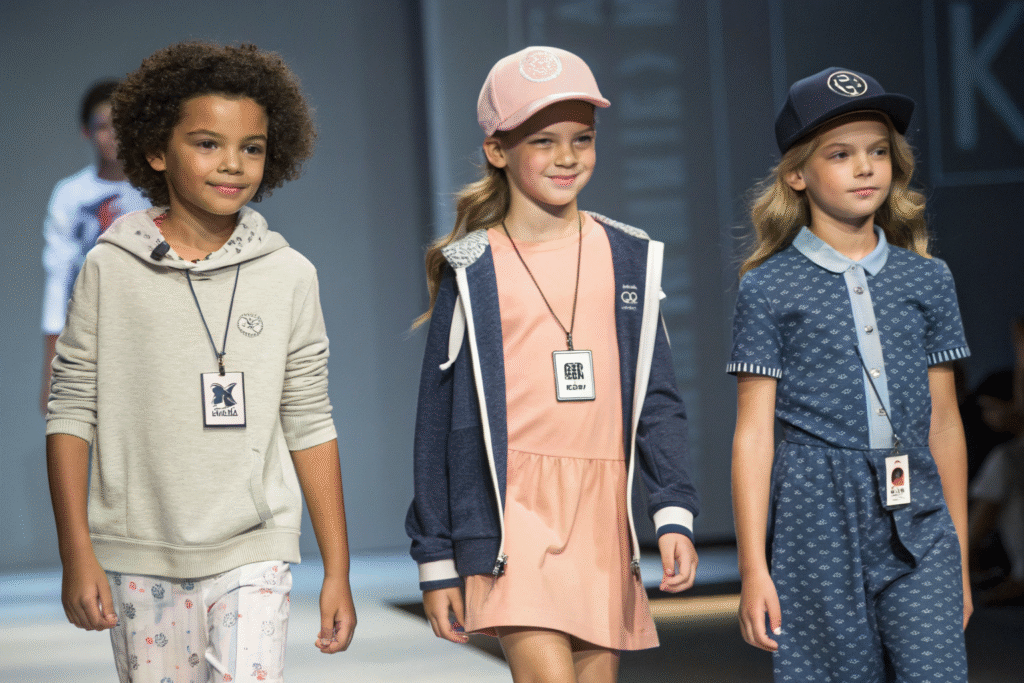
How Do European Brands Differ from U.S. Ones?
European children’s brands tend to emphasize muted palettes, artisanal construction, and slow fashion. Meanwhile, American labels often highlight seasonal flair, mass accessibility, and licensed characters.
For example, Spain’s Bobo Choses focuses on artistic storytelling with organic cotton, while California-based Tea Collection integrates global travel narratives with functional everyday wear.
What Makes Emerging Labels Like Little Co. or Rylee + Cru Special?
Independent brands are disrupting legacy models by building communities around values. Rylee + Cru, for instance, is gaining wholesale traction due to its cohesive aesthetics, eco-fabrics, and loyal online following.
Meanwhile, Little Co. by Lauren Conrad is scaling fast through mass retailers like Kohl’s while preserving a soft, nature-inspired look. Their success shows that celebrity-driven lines can thrive when matched with strong sourcing and distribution.
Who Are the Most Sought-After Kidswear Designers?
Behind every top collection is a designer who understands both market needs and creative vision. Today’s top kidswear designers are blending luxury detailing with retail-ready functionality.
Designers like Stella McCartney, Mini Rodini, and contemporary creatives at brands like Bonpoint are blending couture with conscience. Buyers look for names that balance novelty with practicality.
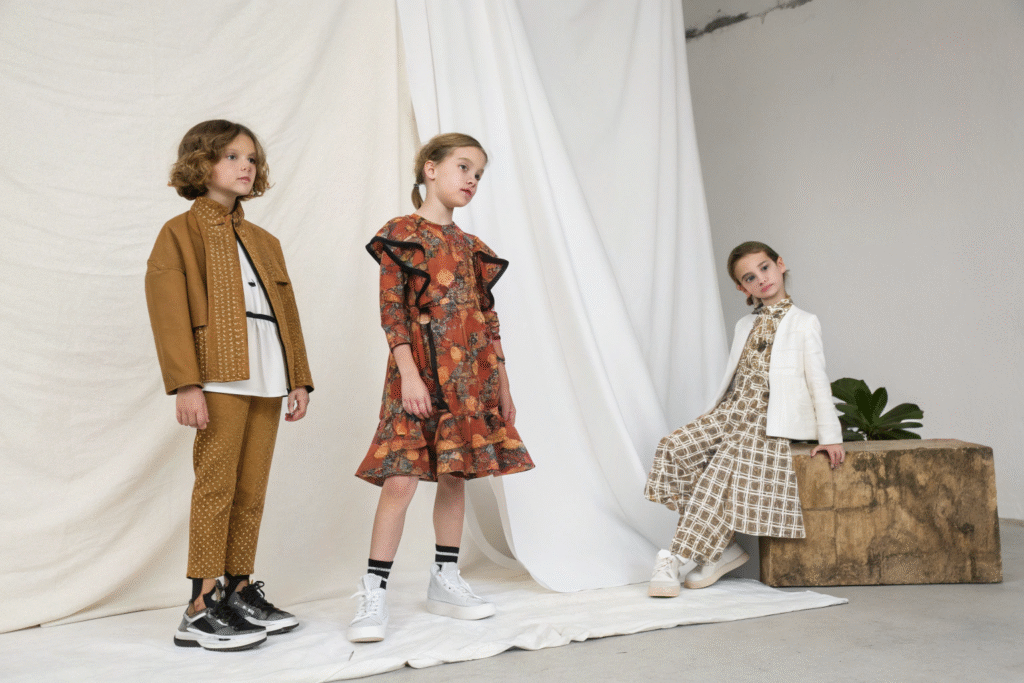
Are Luxury Designers Entering the Kidswear Space?
Yes, and it’s a growing trend. Brands like Gucci Kids and Burberry Children are expanding lines with luxury takes on kidswear. Their focus? High-end tailoring, mini-me matching sets, and monogrammed outerwear.
These pieces serve status-seeking families and upscale retailers. While not mass market, they influence downstream trends and inspire more affordable copies in Asia-based production pipelines.
How Are Independent Designers Leveraging Customization?
Customization is key to designer-led kidswear. Smaller designers now offer personalized embroidery, fabric curation, and capsule collabs with influencers. This meets growing consumer interest in exclusivity and identity.
Platforms like Faire allow designers to scale B2B sales while staying niche. Buyers looking for fresh shelf appeal without large MOQs often find success with indie designers offering custom-packaged drops.
Where Should You Source Kidswear to Match 2025 Trends?
Knowing the trend isn’t enough—you have to source accordingly. The right factory partner can mean the difference between hitting or missing a season. For 2025, agile sourcing, clear communication, and documented compliance are non-negotiables.
China remains dominant for trend-aligned, scalable production, especially with DDP shipping and low-MOQ customization. Vietnam and India are gaining ground for niche cotton styles, but fewer offer full-spectrum services.
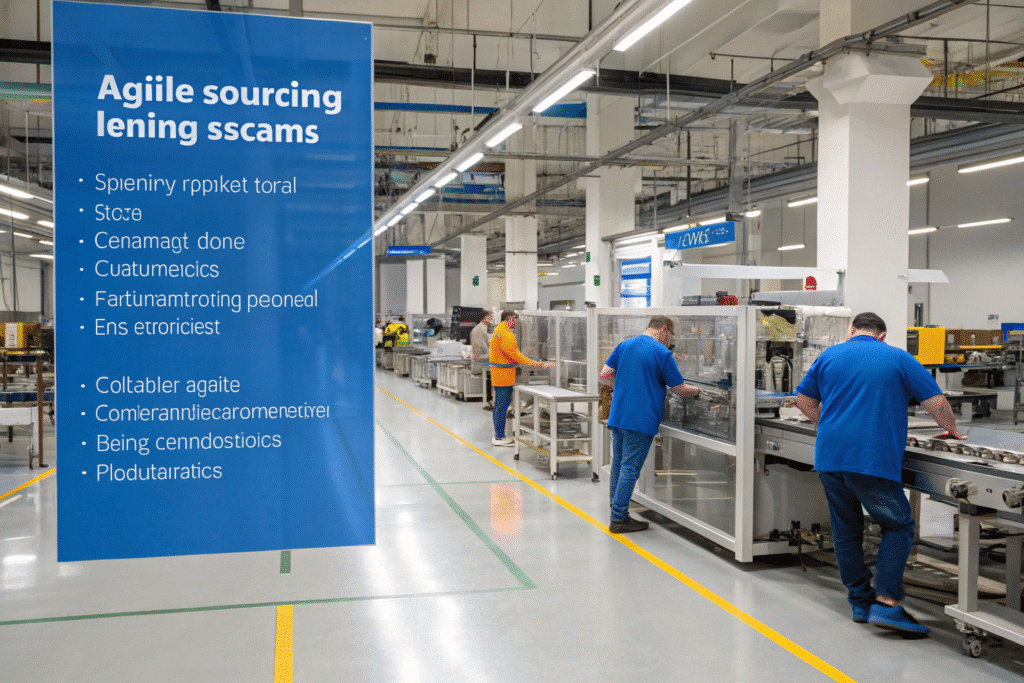
What Certifications Should Kidswear Suppliers Have?
Safety is paramount. Look for factories with GOTS, BSCI, OEKO-TEX®, and WRAP certifications. These ensure compliance with international standards—especially important for children’s skin-contact products.
Also verify testing protocols for choking hazards, dye migration, and durability. U.S. clients should demand CPC documentation.
How Can You Reduce Sourcing Delays and Miscommunication?
Work with suppliers offering integrated services—design, sampling, production, and shipping. Tools like Alibaba Trade Assurance or sourcing agents with multilingual teams streamline timelines.
At Fumao Clothing, we use time-zone-aligned project managers, real-time production updates, and clear-cut DDP shipping options to ensure clients like Ron never miss a delivery window.
Conclusion
2025 will redefine how the world dresses its children—from fabric innovations and ethical sourcing to luxury design influences and unisex fashion revolutions. For U.S.-based buyers and brand owners, this is the year to invest smartly in suppliers that offer agility, creativity, and trust. Whether you're scaling your label or launching new SKUs, knowing the right trends, designers, and sourcing routes gives you the edge. Let’s make 2025 your most profitable—and stylish—year yet.

